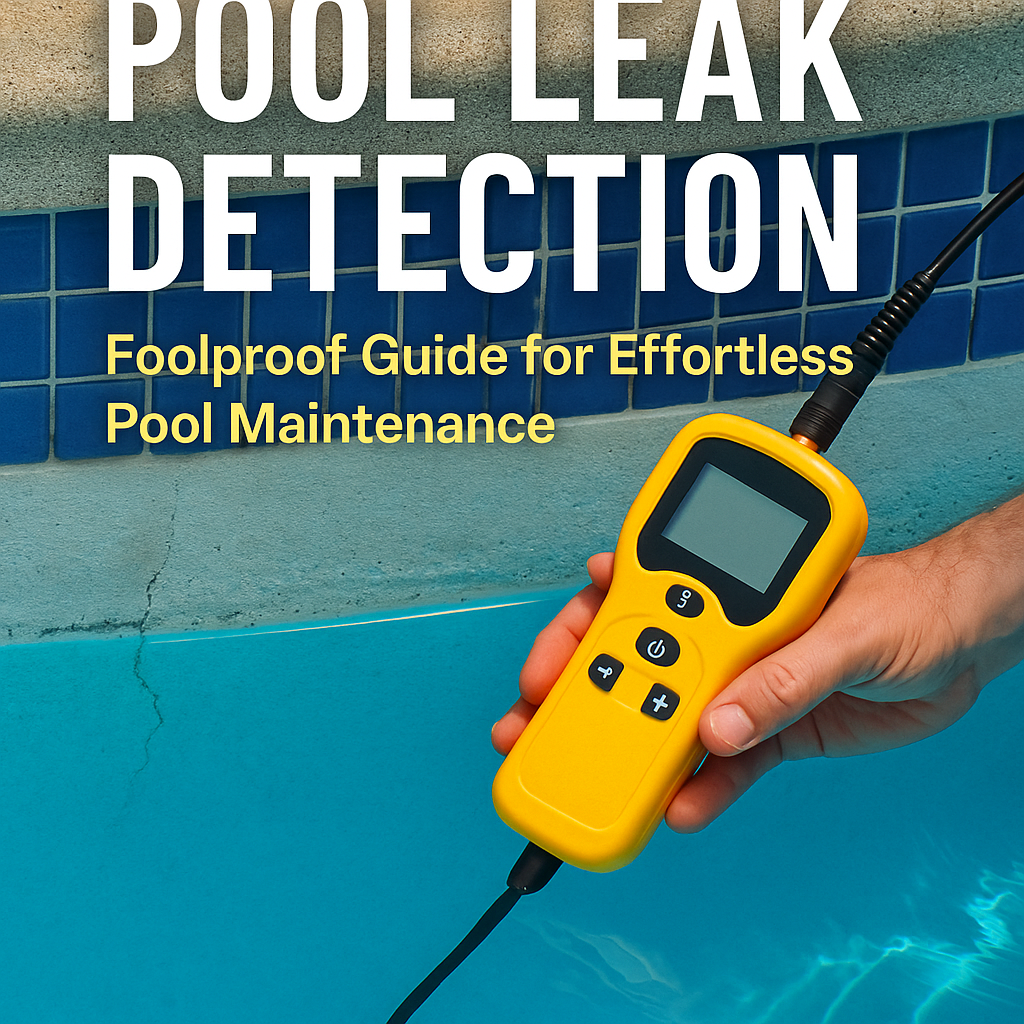Pool leak detection is an integral part of pool maintenance that every pool owner should know about. When left unattended, a pool leak can morph into a significant problem, involving an immense waste of water, high utility bills, and even severe structural damage. This article will provide a comprehensive guide on pool leak detection and subsequent steps, including pool leak repair, tile remodeling, coping and plastering, and more.
Spotting the Need for Pool Leak Detection
The first signs of a leak might be subtle. You might notice a slight reduction in the water level beyond what you would normally attribute to splash-out or evaporation. Or perhaps the surrounding area might be persistently damp. Sometimes, unusual growth of vegetation in certain areas around the pool could also point towards a leak. In severe cases, structural damage might become apparent. Recognizing these signs early is key to preventing further damage and facilitating prompt pool leak repair.
Pool Leak Detection Techniques
There are several ways to detect leaks in your pool. The bucket test is one of the most straightforward methods: fill a bucket with water and mark the water level both inside and outside, then compare the water levels after 24 hours. If the pool’s water level has gone down significantly more than the bucket’s, then you possibly have a leak.
Another method involves using leak detection dye. If you suspect a leak in a particular area – say around the return jets, lights, or skimmers – you can use a small amount of dye near the suspected area. If there’s a leak, you’ll see the dye being drawn out. Remember to turn off the pool’s circulation system when conducting this test for accurate results.
For a comprehensive check, you might want to consider hiring a professional pool leak detection service. Professionals have sophisticated equipment like pressure testing tools and hydrophones to pinpoint even the most elusive leaks.
The Importance of Pool Leak Repair
Once you’ve verified a leak, pool leak repair should be initiated at the earliest. Depending on the leak’s location, this might involve fixing the pool liner, repairing the plumbing, or addressing cracks in the pool shell. It’s crucial to hire a professional pool repair service for this task, as DIY fixes can often exacerbate the problem.
Beyond the Leak: Pool Maintenance
Identifying and rectifying leaks promptly are vital steps in pool maintenance. However, maintaining a healthy, sparkling pool involves more than just addressing leaks. Among other tasks, you must also regularly check and update your pool equipment, conduct calcium removal, and replaster the pool as necessary.
Pool equipment like filters, pumps, and heaters play a crucial role in keeping your pool clean and inviting. It’s important to regularly inspect these components not just for leaks but also for general wear and tear. Pool equipment repair and timely pool equipment install can prevent unscheduled breakdowns and ensure your pool remains in top condition.
Calcium removal is another essential part of pool maintenance. Over time, calcium can build up on the pool tiles, leading to ugly, white lines over the waterline. Regularly removing these deposits helps maintain the pool’s appearance, extends the lifespan of the tiles, and improves overall water quality.
Pool replastering, while not a frequent requirement, is essential when the pool’s surface starts showing signs of deterioration. Additionally, a pool remodel, including tasks like tile remodel and structural repair, can enhance your pool’s look and functionality while also addressing any hidden issues that might cause future leaks.
Coping and plaster form the pool’s protective shell, and worn-out coping or plaster may not only cause leaks but also compromise your pool’s structural integrity. Therefore, immediate attention is imperative when they start showing signs of wear.
Wrap Up
In conclusion, pool leak detection is only one aspect of pool maintenance, albeit a critical one. Regular maintenance that includes pool leak repair, calcium removal, replastering, and updating equipment is imperative to ensure your pool remains leak-free, safe, and beautiful throughout the year. This comprehensive guide should help you keep an eye out for potential issues and act promptly, effectively ensuring effortless pool maintenance.



